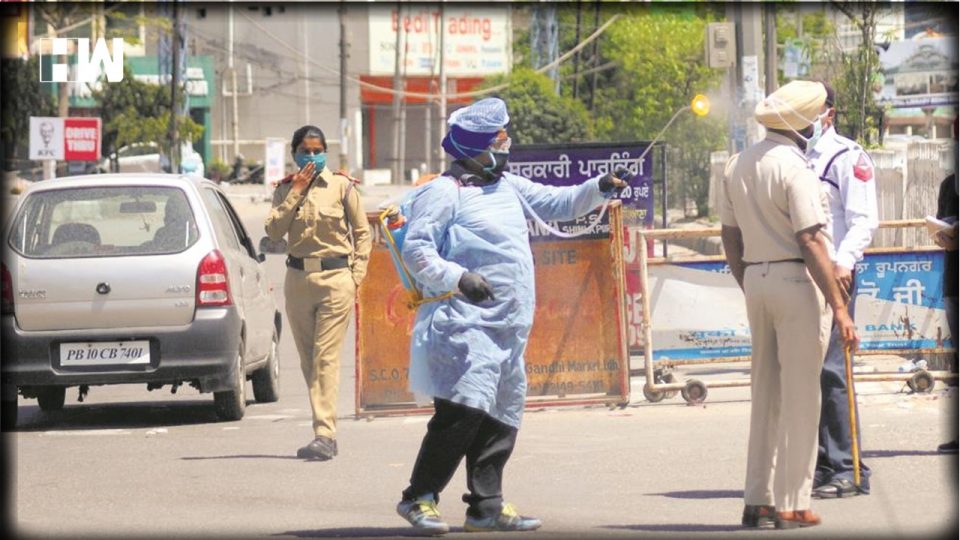PM interacted with state CMs on Saturday where the majority of them favoured continuing the lockdown, imposed in the wake of COVID-19 pandemic.
New Delhi: The colour code for traffic lights, red, orange and green, will soon be used on the nation’s map to mark COVID-19 and virus-free zones, and therefore people’s movement can be adjusted accordingly.
After a video-conferencing with at least 13 state Chief Ministers yesterday, PM Narendra Modi had signalled that the lockdown will be extended, however, there will be relaxations in certain areas and cases to ensure the survival of the economy as well.
A govt official said that the Prime Minister’s formulation meant that the government may move towards a “smart lockdown” – with strict constraints in affected districts, and partial lifting of restraints in unaffected districts, along with the opening up of some sectors to meet the economic demands.
Also Read: ‘Extend Lockdown on National Level’, Kejriwal Asks PM In Video Conference
Another official said that the govt was also considering defining the country into three zones – red, yellow and green – based on the scale of the COVID-19 pandemic.
Red zones, according to Press Trust of India, no movement will be allowed in the red zone – the districts where a sizeable number of cases were identified or areas which were named hotspots.
Any district which had over 15 cases will be marked as a Red zone.
According to PTI, in the orange zone, minimum activities like opening of limited public transport, harvesting of farm products will be allowed. This is a zone where only a few cases have been found in the past.
Green Zone will see additional relaxation. Some MSME industries falling under the green zone will be allowed to function with in-house lodging facilities for employees with proper maintenance of social distance, reported Press Trust of India.
As an independent media platform, we do not take advertisements from governments and corporate houses. It is you, our readers, who have supported us on our journey to do honest and unbiased journalism. Please contribute, so that we can continue to do the same in future.

